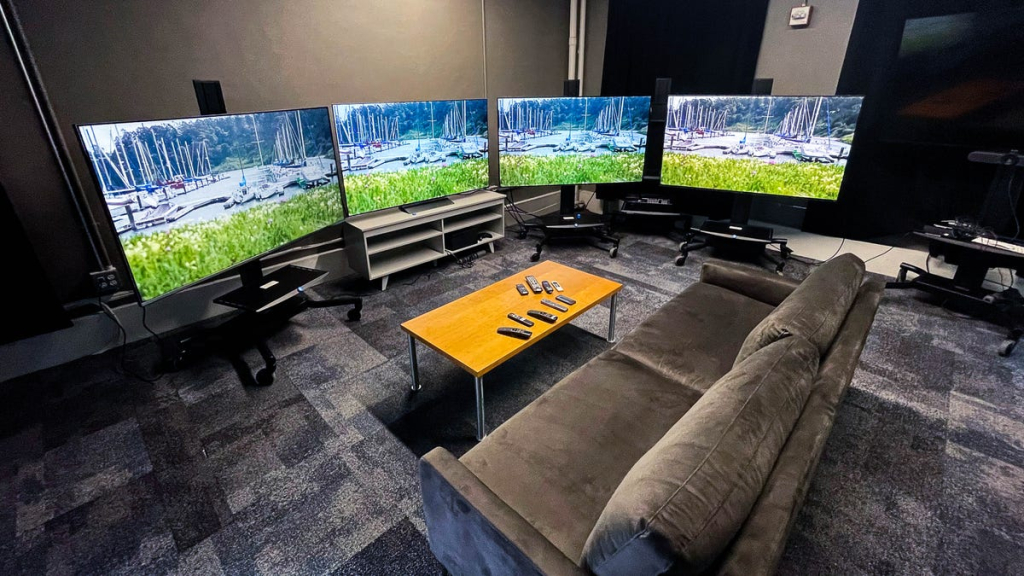The Sony Bravia 8 II is a new flagship OLED
David Katzmaier/CNET
With all of the TVs available today, and all of the technical terms and jargon associated with television technology, it can be tough to figure out what’s important. Here’s a quick guide to help cut through the confusion.
Picture quality: Broadly speaking, the type of display technology helps dictate how good a TV’s picture quality is, but OLED is typically the best display technology, and this is followed by LCD (including QLED, and Mini LED). OLED tends to have the best picture quality because it doesn’t need a backlight and every pixel can be either on or off, leading to great black levels. In comparison, each LED in a backlight looks after multiple pixels at a time so it isn’t as precise — it’s not yet 1:1. Among midrange models, look for a feature including full-array local dimming, mini-LED and 120Hz refresh rate, which (unlike some other extras) do help improve the picture in my experience. Additionally, If a TV uses Quantum Dots it often leads to better color performance, whether it’s an OLED or an LCD.
Screen size: Bigger is better in my book. I recommend a size of at least 43 inches for a bedroom TV and at least 55 inches for a living room or main TV — and 65 inches or larger is best. More so than any “feature,” stepping up in TV screen size is the best use of your money. One of the most common post-TV-purchase complaints I’ve heard is from people who didn’t go big enough. And I rarely hear people complain that their TV is too large. It’s worth adding that while TVs can get really big indeed, 4K resolution is sufficient for even the biggest models, and CNET doesn’t recommend any 8K TVs as they represent a poor comparative value.
Price: TVs range in price from $100 to more than $2,000. Smaller screens are cheaper, well-known brands are more expensive and spending more money can also get you better image quality. Most entry-level TVs have a good enough picture for most people, but TVs last a long time, so it might be worth spending more to get a better picture. It’s also best to shop for a TV in the fall when prices are lower.
Sound quality: Every TV has some sort of built-in speaker, but in my twenty years of reviewing AV equipment the sound of modern TVs has been routinely terrible. While I do test the audio on each model, if you are serious about sound quality then buying a separate soundbar (from $100) or home theater system will instantly improve vital aspects such as speech and bass reproduction.
Smart TV: Among entry-level TVs the most important feature is what kind of smart TV system the TV uses, and while some are proprietary to each brand (Samsung and LG) some models do offer Roku and Google TV.
For more TV buying advice check out How to Buy a TV.






